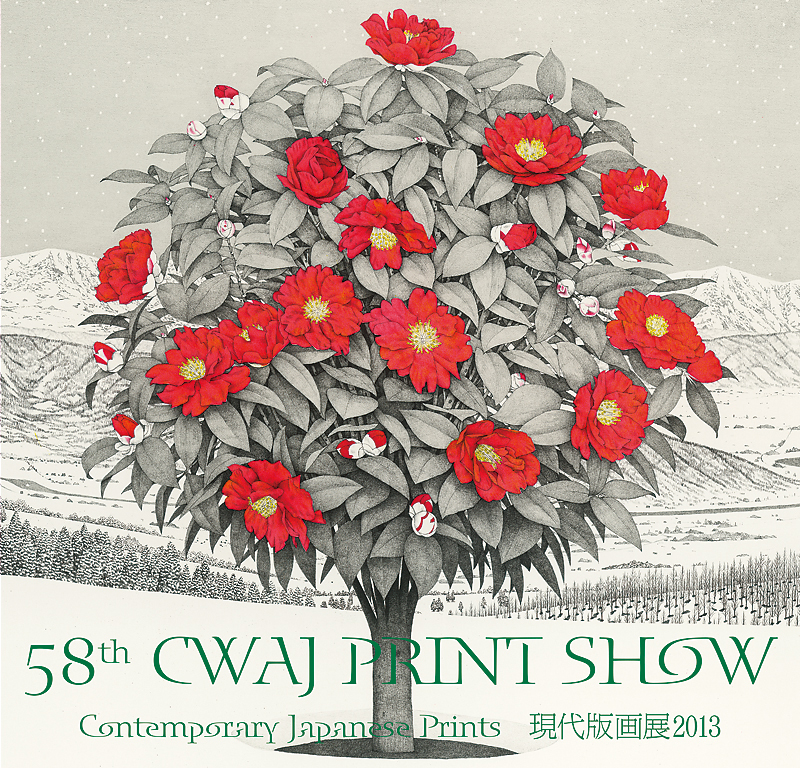
For the first time in 9 years I won’t actually be at the College Women’s Association of Japan‘s annual Print Show although I was the Assistant Co-chair for the show until my departure in June. Perhaps because of this I think it is simply the best show in years and for anyone in the Tokyo and Kobe regions, should not be missed. Featuring 188 original prints (hanga), including 34 by debut artists, the show opens in Tokyo on October 10th and runs until the 12th at The Tokyo American Club. The show then moves the following weekend October 18-20th to The Kobe Club for the 3rd time in its 58 year history. Both events are free and open to the public. Tokyo American Club members can also attend a preview and sale for club members only on October 9th, from 8–9 pm. Showcasing the incredible technique and artistry of Japanese printmakers from 20 some years of age to 100 years of age, with the full range of printmaking techniques on display, from traditional woodblock to intaglio to silkscreen, it is a tour de force. Works on paper continue to be one of the most affordable and interesting areas of the art world and all the revenue from sales goes to support the CWAJ Scholarship program and other charitable projects. So you can feel good while buying yourself a treat! If you are new to Japanese prints, I recommend reading my Hanga 101 post for a crash course in Japanese art history and it is always fun to peruse the past years’ shows, links to which can be found at the end of this post.
Everything starts off with a bang as YAMAMOTO Keisuke, an artist I have been championing since co-curating his work in the 2007 Associate Show has the honor of the catalogue cover this year. In my past posts on prior Print Shows, I have highlighted his masterful command of the lithographic process, both in his austere interior chair prints and his romantic views of Japanese temples. His new print Sasanqua Blossoms, shown above, is a departure as it adds a sense of the fantastic – the surreal – to his previously more literal landscape work. It also has a greater subtle meaning; “The red camellias blooming under the snow convey the beauty and strength of life, which emerges and flourishes even in the harshest conditions. This is how we feel about the disaster in Tohoku and the people there. We saw it as a tribute,” said this year’s Print Show co-chairs.
Making beauty from pain is not limited to Yamamoto’s print. SEKHINO Yowsaku’s amazing Beyond the Big Wave looks at first to be an homage to Hokusai’s The Great Wave off Kanagawa. Yet as you look closely you can see all the smashed cars at the water’s edge and the realization of which great wave you are looking at sets in. Up in Tohoku there are still places with hundreds of mangled cars piled along the shoreline. This deeply evocative print is not well served by the photo and needs to be seen in person as the gold leaf and detailing is extraordinary.
The relationship between modern Japanese prints and the print makers who came before is a strong theme this year as is the reciprocal influence relationship with the Impressionists. KAWACHI Seiko’s Frame of Nature (Sunflowers) is another draw-dropping woodcut that refers back to both the Hokusai wave print and Vincent Van Gogh. It is not a coincidence that he chose to illustrate sunflowers in a vase decorated with an ukiyo-e icon.
MORIMURA Ray’s Plum Trees in Tenjin Shrine also harks back to similar masterworks…
…again to Van Gogh and this time, Hiroshige.
A more modern take on the same idea comes from ANDO Shinji’s Feeling the Breeze (Spring). Ando is a master at creating botanical etchings so real you think you could reach out and pick them.
MAKI, Kin-ichi has been making mixed media prints featuring that staple of Japanese roadways, the curved mirror. In real life it allows you to see oncoming traffic from hidden directions. In Maki’s Timeslip (Palanquin) it allows for two different viewpoints, in this case looking ahead to the future or back to the past. Again, we have a reflection on the printmakers of the past, as in this case the image in the mirror is from one of Hiroshige’s 53 Views of Tokaido. Like a parody, Maki offers an amusing but serious criticism of this busy and complicated age. His message is also mirrored in his technique as he uses an unusual combination of traditional woodblock with modern digital prints. The woodblock provides soft color and depth, while the digital prints allows for photographic detail as well as added freely drawn shapes.
For the monochrome loves out there – of which I have become one over the years – there is much to choose from this year in every possible medium and style. HASEGAWA Yuki’s BLACK TEMPERATURE PA.01 is a stunning modern lithograph with an organic layering to its starkness. For anyone having a Franz Kline hankering, this is the print for you.
SAKUTA Tomiyuki ‘s witty Bjorn & Kiki is on one hand reminiscent of 18th century scientific studies of coral and on the other a play on horror faces. I just love that the images have jaunty names .
Also not to be missed is the moody story inducing a moment -11-8 by SUZUKI Tomoe. I love prints that make you wonder what is about to happen…
For those looking for something quintessentially Japanese in subject, the memory prints this year are great, running with both old and new architectural icons – Tokyo Tower in MATSUMURA Seiichi’s Snowdome I and the new Sky Tree in NISHIMURA Fumiko’s Moon Light.
There are many great kitchen prints, as I like to call them, but the prize goes to the pop-art like Sea Urchin from newly selected artist MIYAMOTO Shoji.
My absolute favorite piece, which also gets the title for “photo does not even begin to do the work justice” is by SEO Takako called –Kuh–No 47. The woodcut has been printed on both sides with water and oil based inks. It’s aggressive but soft, linear but whimsical, with a collage-like nature. I know just where I would love to hang this big beauty.
This year is also special in that it marks the 100th birthday of the doyenne of the Japanese hanga world – SHINODA Toko – and in celebration, a special exhibition of 16 prints produced over the past two decades are available for sale. I cannot choose a favorite and you cannot go wrong with any of them but in the end I succumbed to The Return, perhaps because the title is wishful thinking on my part and also for the unusual use of green in lieu of her signature red.
On the Young Printmaker Award front I could not be more excited to see the return of 2010 winner KIM Kyung Sun, who continues to make dramatic textural woodcuts of “such natural elements as a scent of grass, the sound of rain and the touch of wind.” Her Brief moment of Consolation 10.14 offers up a “a brief moment of healing and hope.” That seems to me to be the underlying theme of the entire print show this year.
I honestly could post about almost every single print featured and I am very sad not to be there. For those of you who are going, I’d love to hear about what you liked and what you didn’t and any and all purchases made! And be sure to stay tuned tomorrow as I am doing an additional Print Show post, focussing on buying art for kids.
Interested in working on the Print Show? Join CWAJ and get started. Volunteers are needed for returning day in November and that will give you a chance to actually touch and see the work close up.
Related Posts:
Artist Spotligtht…57th CWAJ Print Show
Artist Spotlight…56th CWAJ Print Show
Artist Spotlight…55th CWAJ Print Show
Hanga 101…a Quick Primer on Japanese Prints



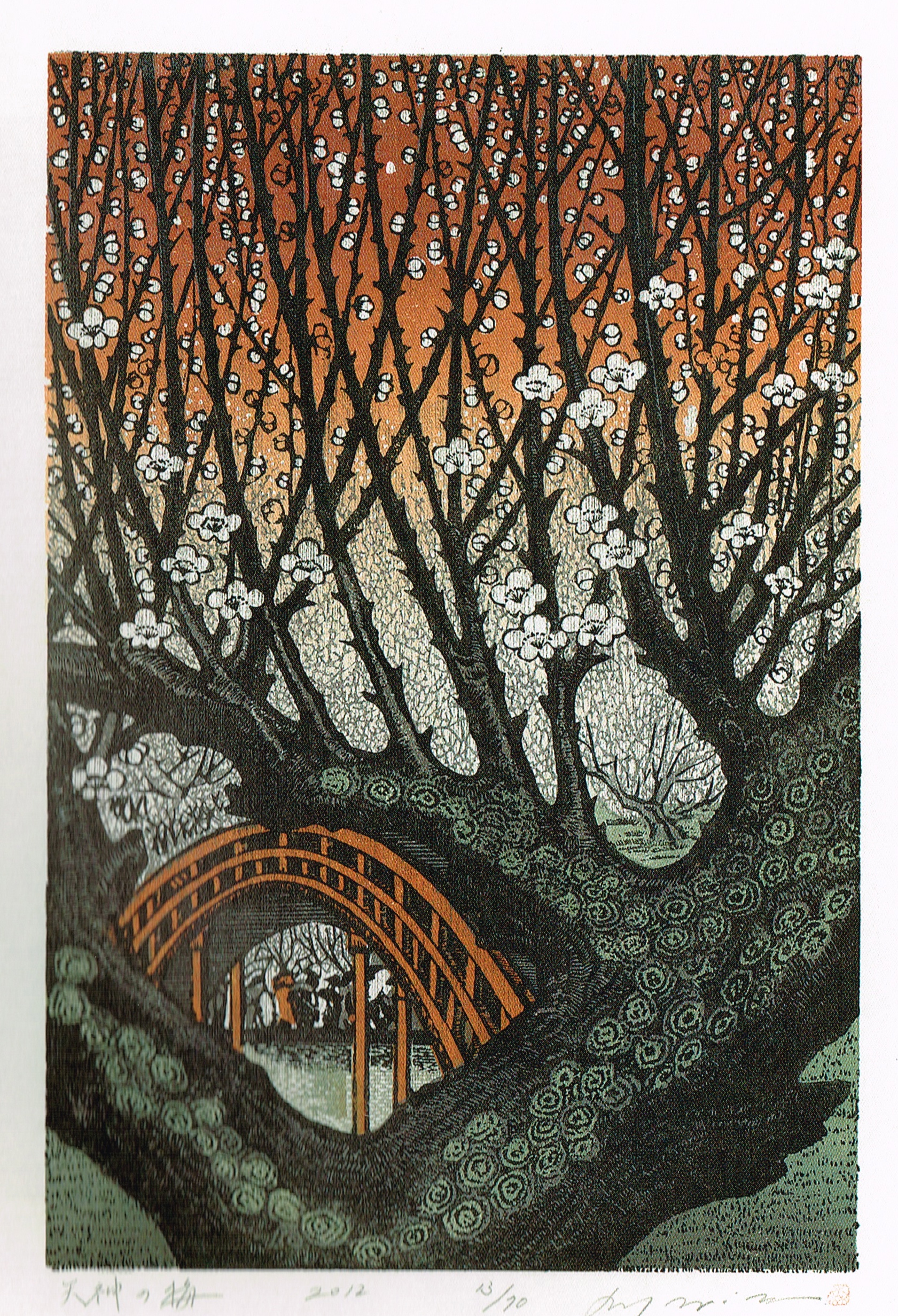


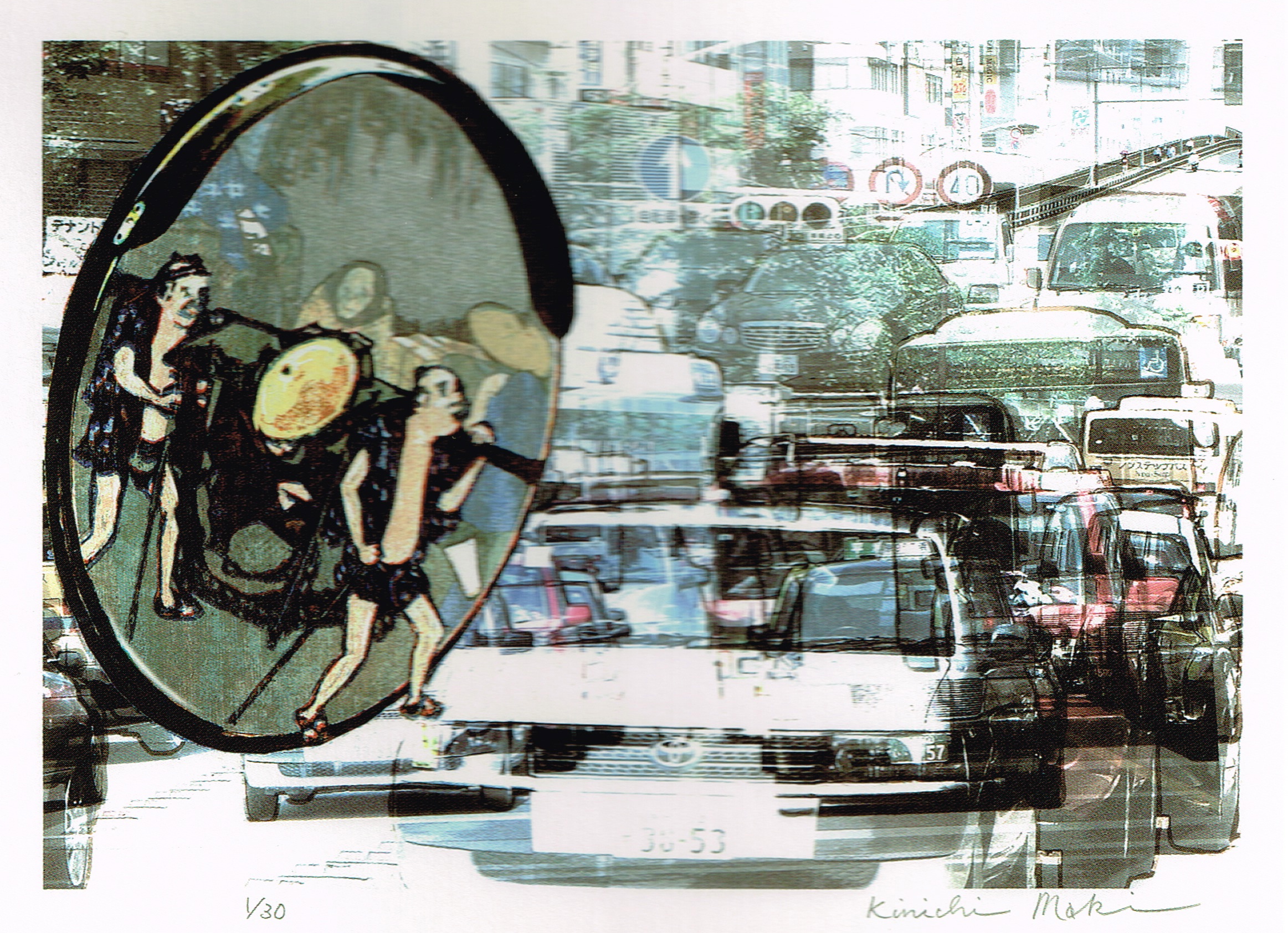

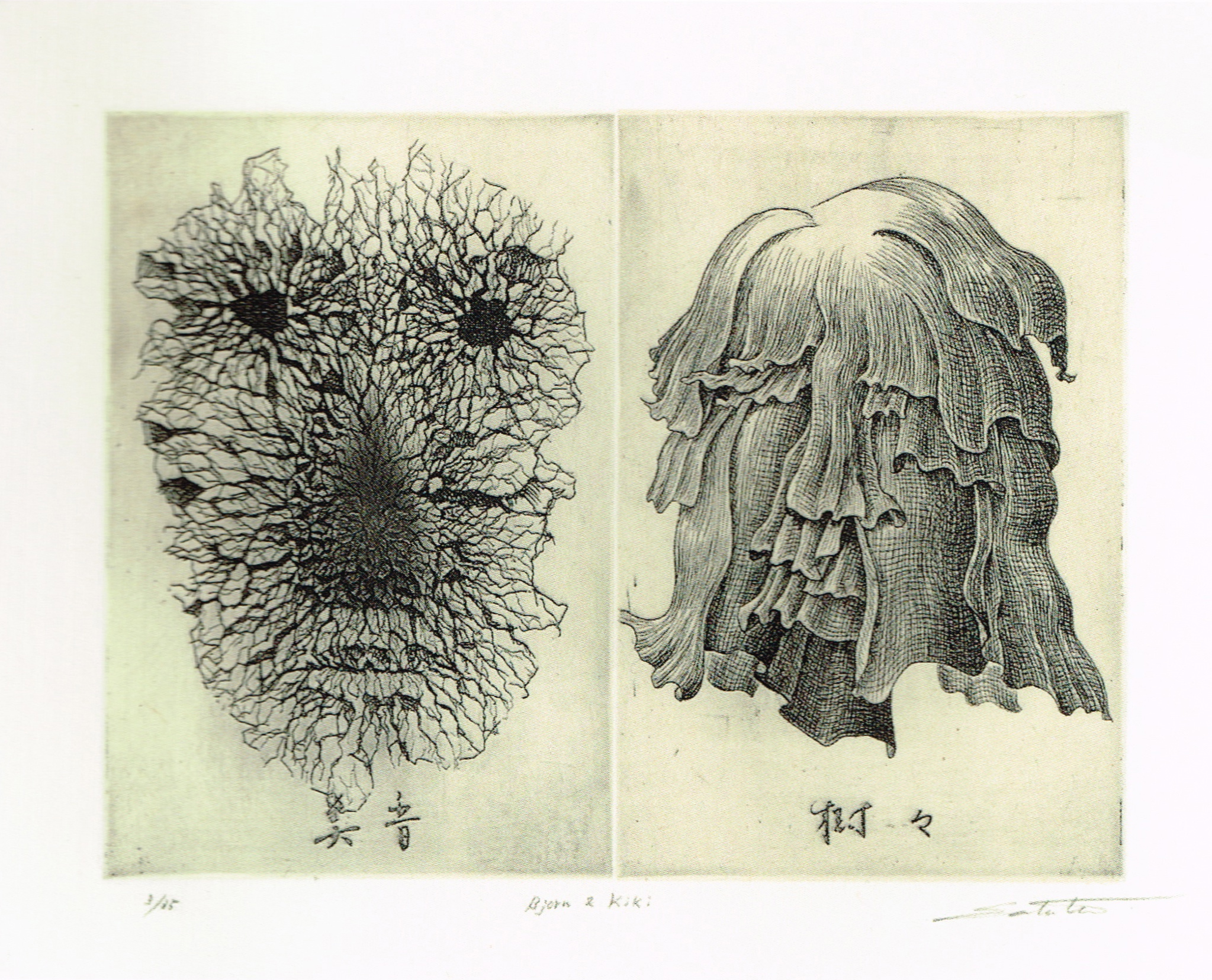

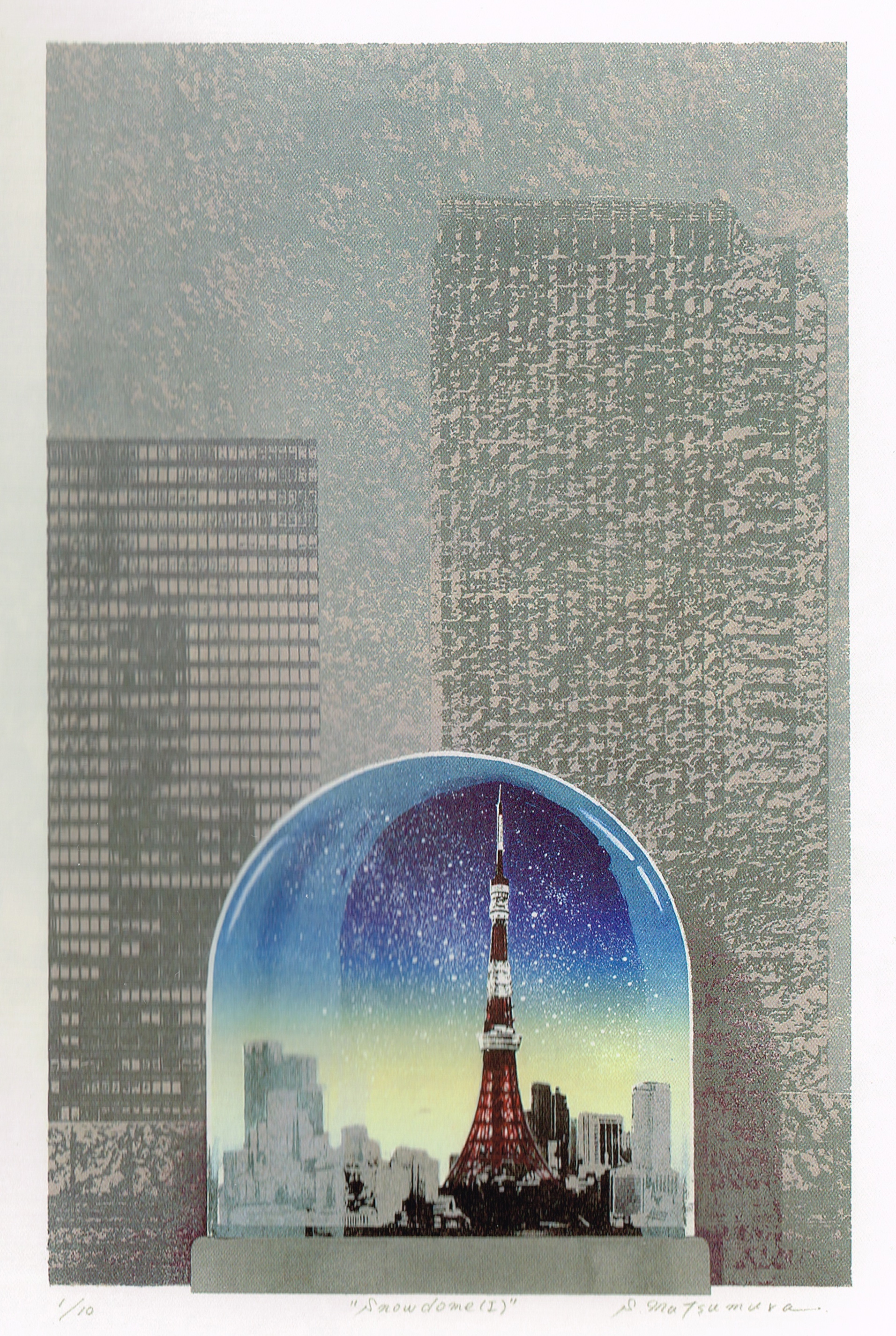

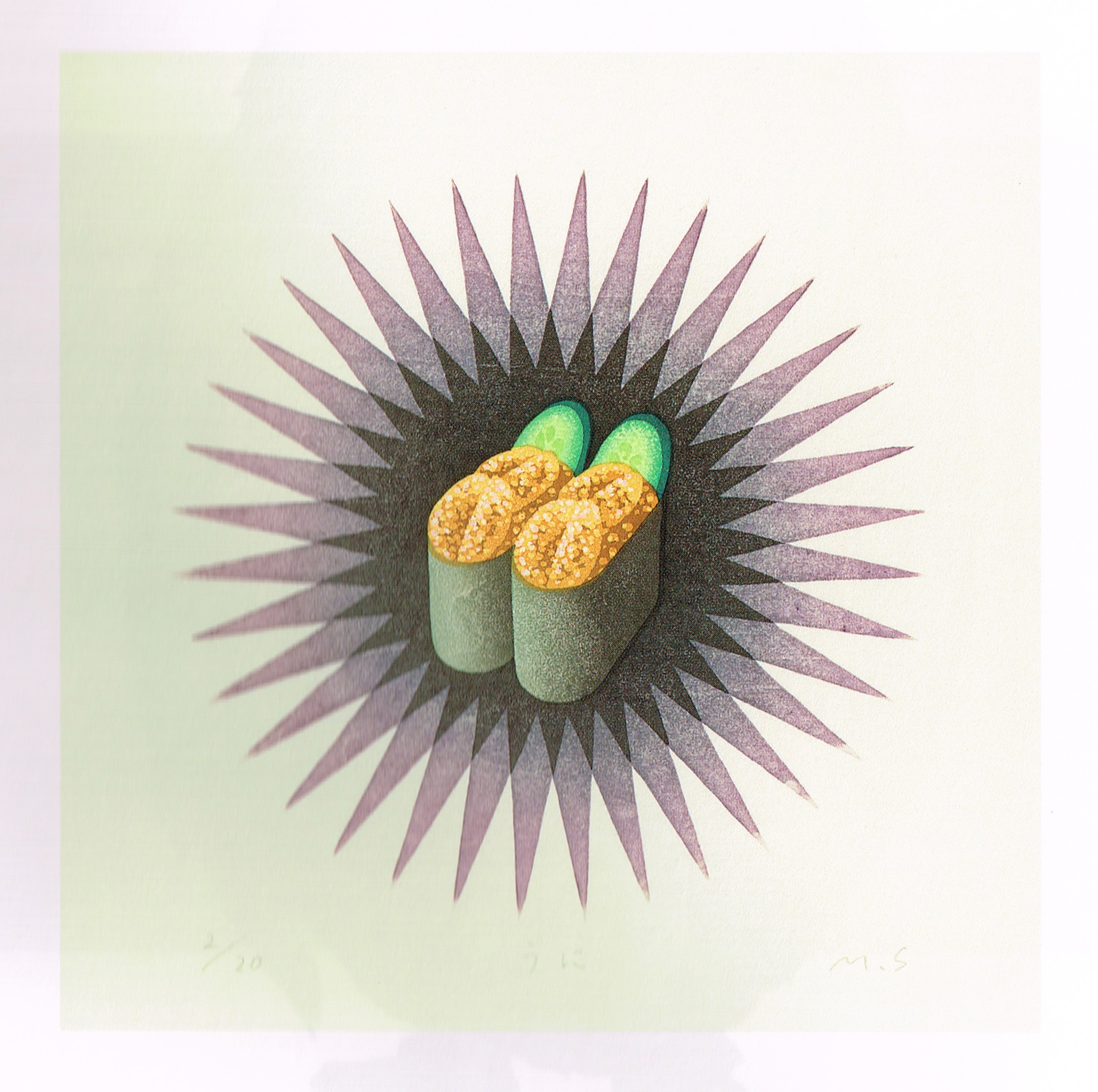

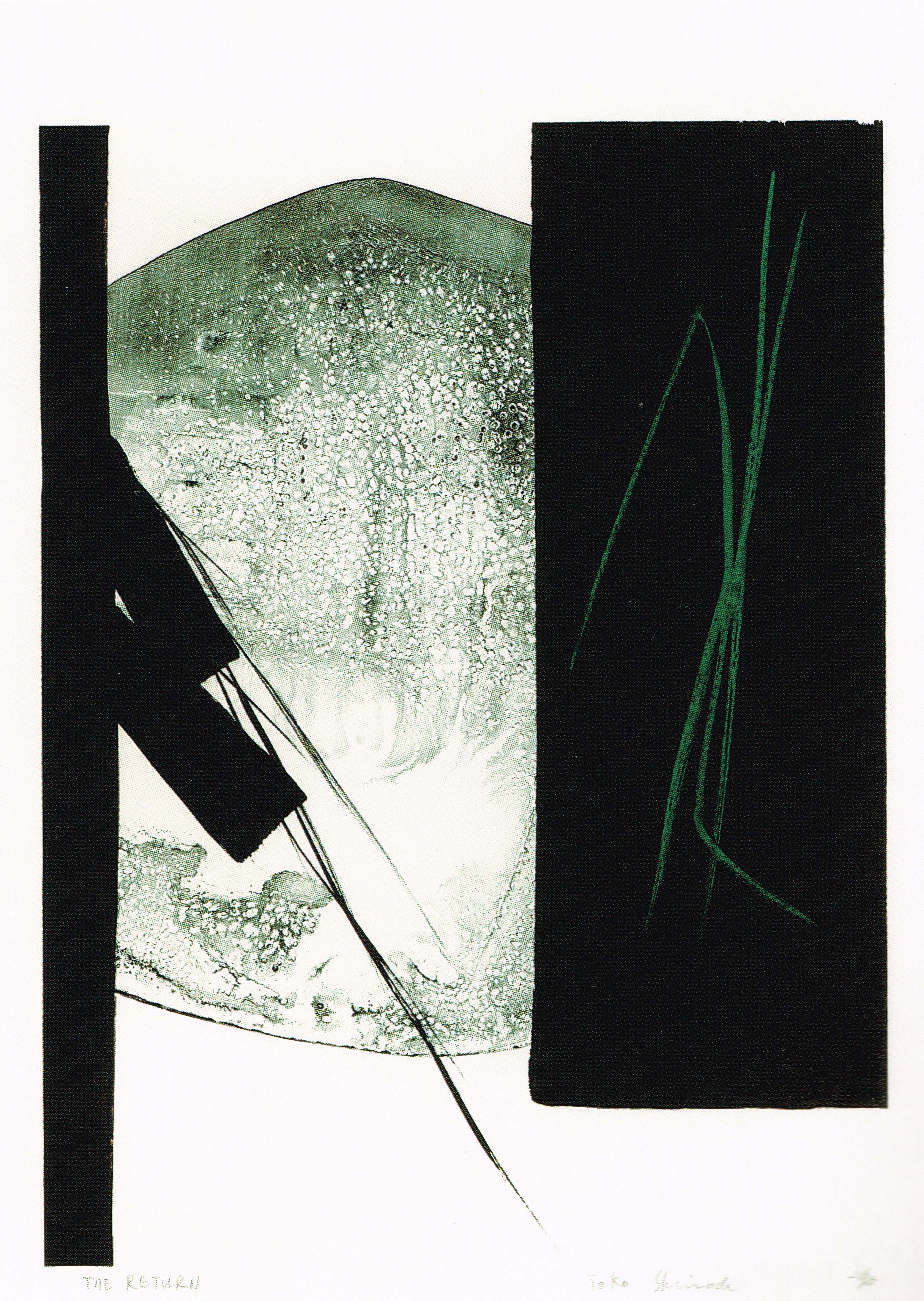

Hi jacqueline, Can we buy them here from the states? They are spectacular!! Best, Nancy
________________________________
No Nancy, unfortunately not. They are trying to work themselves out of the dark ages and have online sales, but it is slow going. In the meantime, I know you have an in with someone residing in Japan, so you may just have to send her to do your purchasing.
Dear Jacquie,
I am thrilled to read your super-review of our CWAJ Print Shows. I had no idea you had been doing this until Faye sent us your most recent one. Thanks so much!! We will be thinking of you at tonight’s Opening and the following days of the Show. I am helping every day as I have done in the past, in more than 30 years as a CWAJ Member. Warm regards, Reiko (Nagase)
PS. Can I continue reading your other articles? Do I need to subscribe?
Subscribing is the easiest way to follow me and the blog. Simply put your email in the box on the upper right. You may need to confirm as well. And be sure to see the follow up post on buying art for kids that I just posted.
I like THE RETURN, too… for all the reasons you do as well 🙂
Jacqueline,
I loved your choices to post and can’t wait to see them for myself tonight!
Maki’s Timeslip (Palanquin) – Epic…
I know. It is the ultimate Japan insiders print.
Wonderful to have the opportunity to participate vicariously in this year’s Print Show. Thank you, Jacqueline.